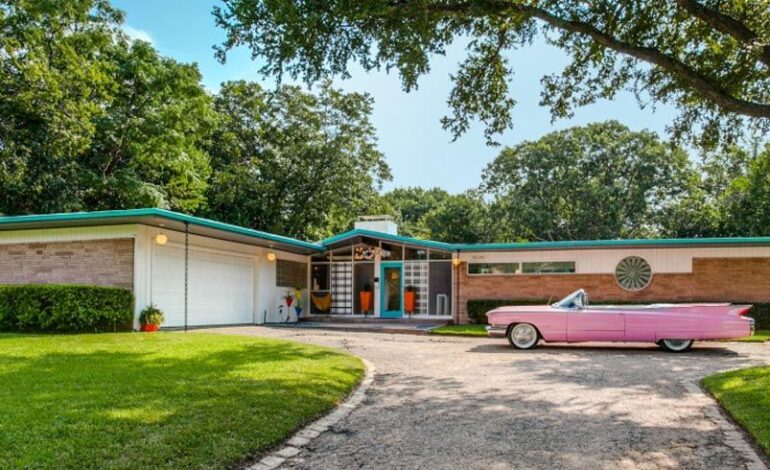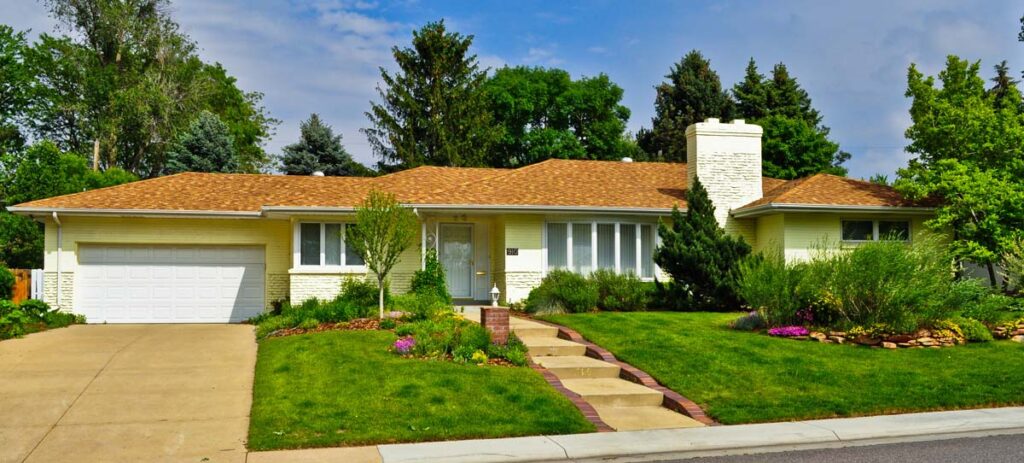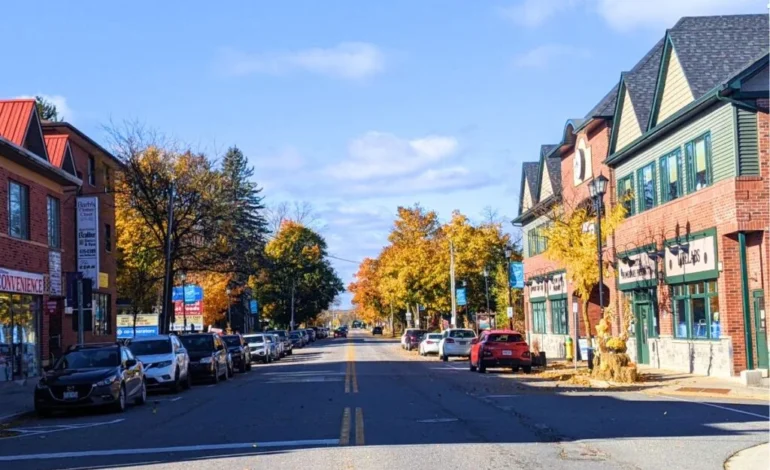
Exploring Houses from 1950s: Design, Style, and Legacy
Houses from 1950s are architectural icons that reflect the optimism and innovation of the post-war era. These homes, built during a time of rapid suburban expansion and economic prosperity, introduced design elements that remain influential today. Whether it’s the sleek lines of mid-century modern homes or the practical charm of ranch-style houses, their timeless appeal continues to attract homeowners and design enthusiasts alike. In this article, we’ll delve into the defining features, cultural significance, and enduring legacy of houses from 1950s.
The Rise of Suburban Living
The 1950s were a pivotal decade for housing, driven by the post-World War II boom. Millions of families sought stability and prosperity, fueling a surge in suburban development. Builders like William Levitt revolutionized the housing industry by introducing mass-production techniques, creating affordable homes for growing families.
Houses from 1950s were not just places to live; they symbolized the American Dream. These homes prioritized functionality and comfort, catering to the needs of the nuclear family while showcasing modernity and style.
Defining Characteristics of Houses from 1950s
1. Mid-Century Modern Design
Houses from 1950s embraced mid-century modern architecture, a style that focused on simplicity and harmony with nature. Key features included:
- Flat or low-pitched roofs: Clean and geometric, complementing the sleek lines of the homes.
- Large windows: Bringing in natural light and creating a seamless connection between indoor and outdoor spaces.
- Open floor plans: Facilitating family interaction and maximizing functional space.
2. Ranch-Style Homes
Ranch-style homes dominated suburban neighborhoods in the 1950s. These single-story houses were affordable and practical, with features like:
- Horizontal layouts: Blending harmoniously with the landscape.
- Attached garages: Accommodating the increasing number of car-owning households.
- Patios and backyards: Providing outdoor living spaces for relaxation and social gatherings.
3. Cheerful Colors
Houses from 1950s were known for their bold and cheerful color palettes. Kitchens often featured pastel appliances in shades like turquoise, pink, and yellow. Bathrooms were adorned with colorful tiles and fixtures, while living spaces embraced warm and inviting tones.
4. Innovative Materials
The 1950s marked a shift toward using new materials like aluminum, Formica, and vinyl. These innovations made homes more affordable while giving them a futuristic edge.
5. Built-In Functionality
Houses from 1950s often included built-in features such as bookshelves, desks, and storage units. These elements maximized space and added to the overall efficiency of the home’s design.
Cultural Significance of Houses from 1950s
Houses from 1950s were more than just architectural achievements; they were cultural symbols. These homes reflected the aspirations of a generation that sought stability and progress after the challenges of the war years. Suburban neighborhoods became the epicenters of family life, fostering community bonds and a sense of belonging.
Television shows like Leave It to Beaver and The Donna Reed Show idealized the suburban lifestyle, featuring houses from 1950s as backdrops for wholesome family stories. This media portrayal reinforced the cultural significance of these homes and cemented their place in the collective imagination.
Preserving and Restoring Houses from 1950s
Restoring Original Charm
Preserving houses from 1950s involves honoring their original design while updating them for modern living. Key restoration efforts often include:
- Refinishing hardwood floors: Many homes featured durable wood flooring that can be revitalized.
- Restoring retro kitchens: Keeping original cabinets, tiles, and vintage appliances.
- Preserving built-in features: Maintaining desks, shelves, and other unique elements that add character.
Modern Updates
While charming, houses from 1950s often require updates to meet current standards. Common renovations include:
- Energy-efficient upgrades: Installing modern windows, insulation, and HVAC systems.
- Electrical and plumbing updates: Ensuring safety and functionality.
- Kitchen and bathroom remodels: Combining retro aesthetics with contemporary conveniences.
Why Houses from 1950s Are Still Popular
Timeless Aesthetics
The clean lines, open layouts, and vibrant colors of houses from 1950s have a universal appeal that transcends trends. Their design effortlessly combines beauty and practicality, making them a favorite for homeowners and designers alike.
Affordability and Location
Many houses from 1950s are located in well-established neighborhoods with mature landscaping and a sense of community. They often offer a more affordable option compared to new constructions.
Nostalgia and History
For many, houses from 1950s evoke a sense of nostalgia and connection to a bygone era. They serve as living pieces of history, preserving the optimism and innovation of the mid-20th century.

Frequently Asked Questions (FAQs)
1. What styles define houses from 1950s?
The most prominent styles are mid-century modern and ranch-style homes, known for their simplicity, functionality, and connection to nature.
2. Are houses from 1950s energy-efficient?
While they were innovative for their time, houses from 1950s often require updates like modern insulation and energy-efficient windows to meet today’s standards.
3. What are common restoration projects for houses from 1950s?
Popular restorations include refinishing hardwood floors, preserving retro kitchens, and restoring built-in features like shelves and desks.
4. What makes houses from 1950s unique compared to other decades?
Their emphasis on practicality, bold color schemes, and integration of new materials like aluminum and Formica set them apart from other eras.
5. Are houses from 1950s suitable for modern living?
Yes, with thoughtful updates and renovations, these homes can seamlessly blend retro charm with modern functionality.
Conclusion
Houses from 1950s are more than just homes; they are cultural landmarks that capture the essence of a transformative era. Their innovative designs, practicality, and aesthetic appeal continue to resonate with homeowners, architects, and history enthusiasts.
Whether you’re restoring a mid-century modern masterpiece or embracing the charm of a ranch-style home, houses from 1950s offer a timeless connection to the past while remaining adaptable for the future. Their legacy reminds us of an era defined by optimism, creativity, and a vision for better living—a vision that remains inspiring to this day.






